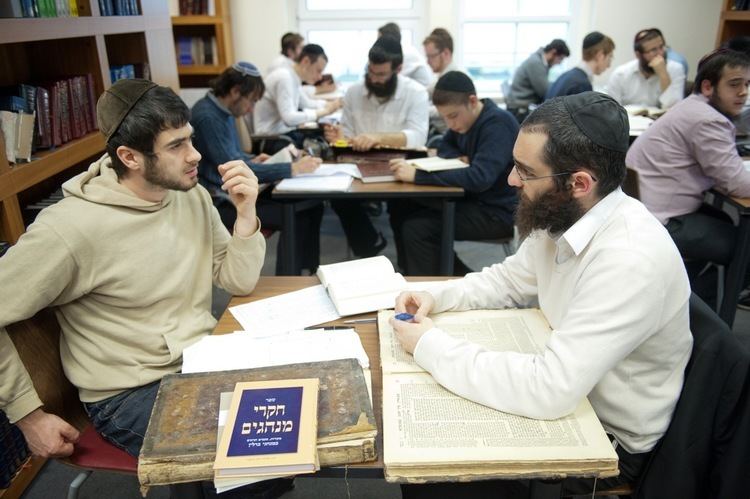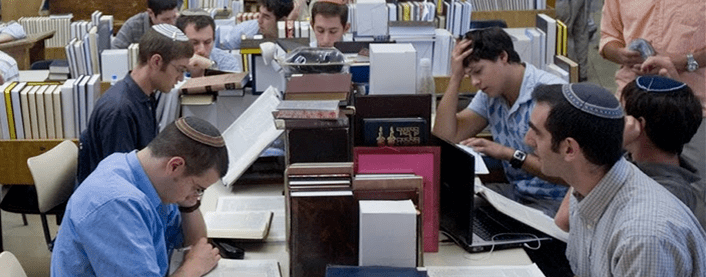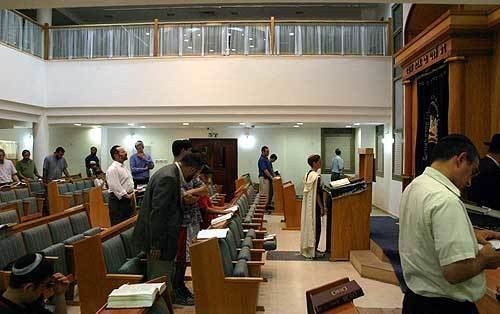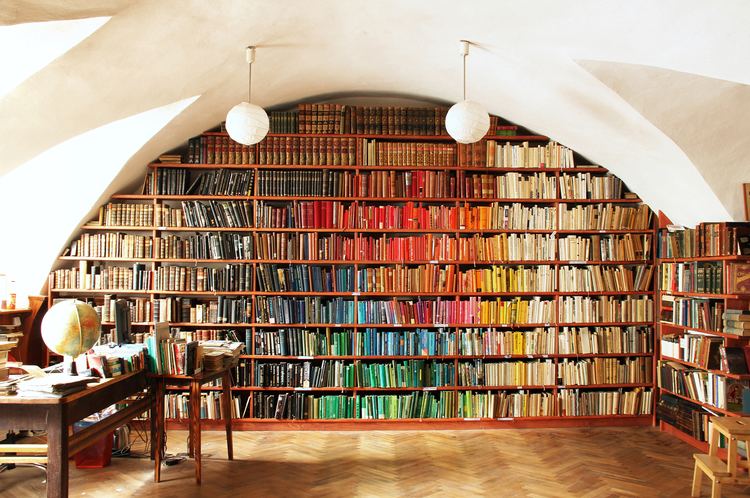Beth midrash ohel moshe
A beth midrash (Hebrew: בית מדרש, or beis medrash, beit midrash, pl. batei midrash "House of Learning") is a Jewish study hall located in a synagogue, yeshiva, kollel or other building. It is distinct from a synagogue, although many synagogues are also used as batei midrash and vice versa.
Contents

"Beis midrash" is also the name of the undergraduate-level program in Orthodox yeshivas in the United States, for boys over 12th grade.

The Arabic term "Madrasah" is derived from the same Semitic root and refers to any type of educational institution.
History

Early rabbinic literature, including the Mishnah, makes mention of the beth midrash as an institution distinct from the beth din and Sandhedrin. It was meant as a place of Torah study and interpretation, as well as the development of halakha (the practical application of the Jewish Law).

The origin of the beth midrash, or house of study, can be traced to the early rabbinic period, following the Siege of Jerusalem (70 C.E.) in which the destruction of the Temple took place. The earliest known rabbinical school was established by Rabbi Yochanan ben Zakkai at Yavneh. Other official schools were soon established under different rabbis. These men traced their ideological roots back to the Pharisees of the late Second Temple Period, specifically the Houses of Hillel and Shammai, two "schools" of thought.

By late antiquity, the "beth midrash" had developed along with the synagogue into a distinct though somewhat related institution. The main difference between the "beth midrash" and "beth hakeneset" (synagogue) is that the "beth hakeneset" is sanctified for prayer only and that even the study of Torah would violate its sanctity while in the "beth midrash" both Torah study and prayer are allowed. For this reason most synagogues designate their sanctuary as a "beth midrash" so that in addition to prayer the study of the Torah would also be permitted.
Structure
Generally, there are either benches or chairs and tables, on which books are placed. In Lithuanian Yeshivos the Beit Midrash will have shtenders (standing desks resembling lecterns).
A characteristic beth midrash has many hundreds of books, including at least several copies of the entire Talmud, Torah, siddurim (prayer books), Shulchan Aruch, Mishneh Torah, Arbaah Turim and other frequently consulted works.
In modern times, "batei midrash" are typically found as the central study halls of yeshivas or independent kollels, both institutions of Torah study. The location and institution of study are often interchanged, so in popular parlance, yeshivot are sometimes referred to as batei midrash. A beth midrash may also be housed in a synagogue, or vice versa. In antiquity, this is a matter of debate (see below). Many batei midrash originally serve the community but attract a yeshiva in the course of their existence.
Nowadays there are also virtual "batei midrash" that allow self-study reading articles, listening to classes or attending lessons by live video conferences.
